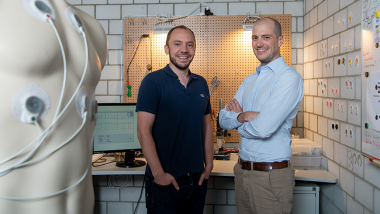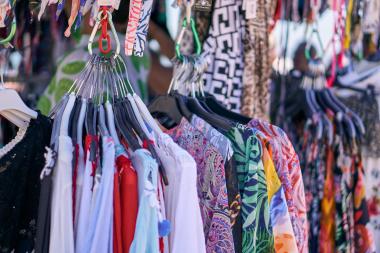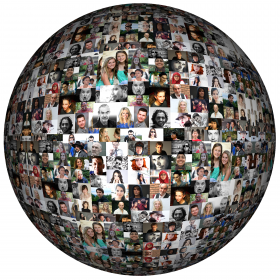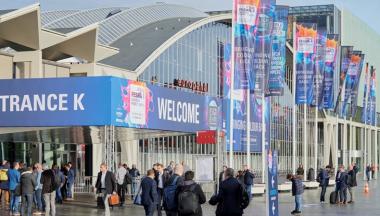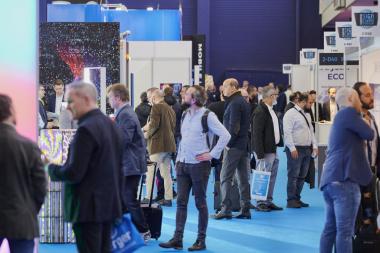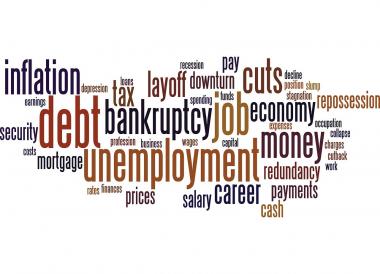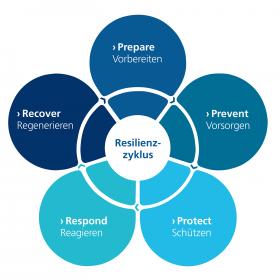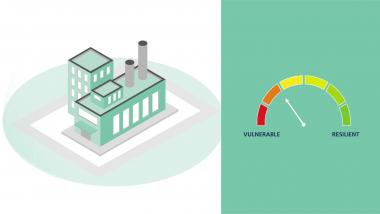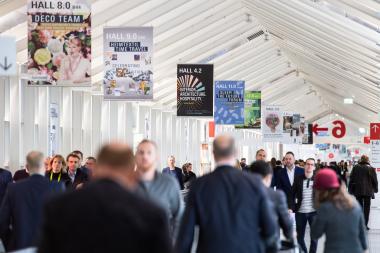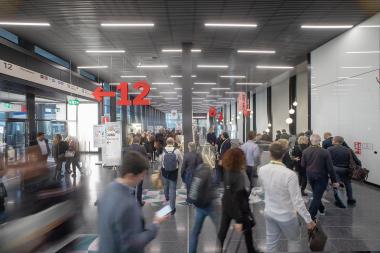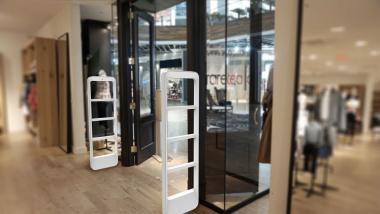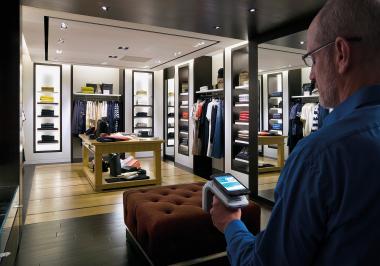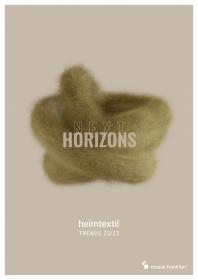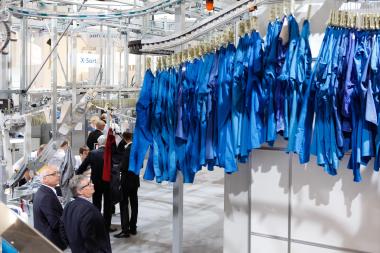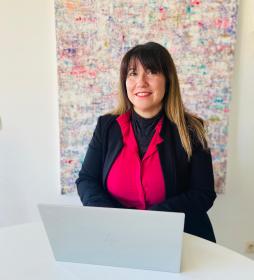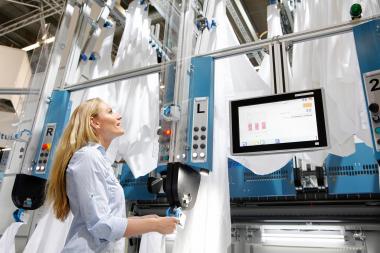51st INNATEX targets the topic of conventional retail
International trade fair for Green Fashion focuses on new formats and strategic partnerships:
From 21 to 23 January 2023, INNATEX will be taking place for the 51st time in ac-cordance with its usual daily schedule. So far, well over 200 brands have regis-tered from Saturday to Monday in Hofheim-Wallau, near Frankfurt am Main, getting back towards pre-COVID levels. Its motto, ‘One Goal, Endless Styles’, refers not only to the diversity and solidarity in the INNATEX community but also to the fact that Green Fashion is a fundamental business area for the future.
Sustainability: a business model fit for the future
“We are seeking to promote constant new development in a sustainable textile industry through new formats and cooperation agreements,” says Alexander Hitzel, INNATEX Project Manager. “We are currently working with the Retail Federation (HDE) on addressing conventional retailers. In addition, we are planning creative and entirely novel concepts for the presentation of labels, as well as a business panel designed to deliver insights and hard facts for the trade. Sustainability projects are only truly sustainable if they are also selfsupporting business models.
From live presentations and strategic communication to fundraising campaigns
But, he says, the demand for established natural fibres and specifically designed production and certification options is also rising. The International Association of the Natural Textile Industry (IVN) will again be on site to offer its expertise and provide information on the implementation of the new German Supply Chain Act. The DesignDiscoveries support program, which will be on display in a freshly designed Special Area, offers selected newcomer labels a platform for their creative ideas. Applications are still open until 15 December.
“At INNATEX, retailers can seek out trends and discover new ideas and products, directly compare an unbeatable range of collections and articles from different suppliers, and get down to networking – those are the benefits of this ordering fair,” says Hitzel.
INNATEX is collaborating for the first time with the organisation Europe Cares, which provides humanitarian assistance for ‘people on the move’. Surplus goods that exhibitors can donate to the campaign will be used for the benefit of refugees at Europe’s borders.
INNATEX



